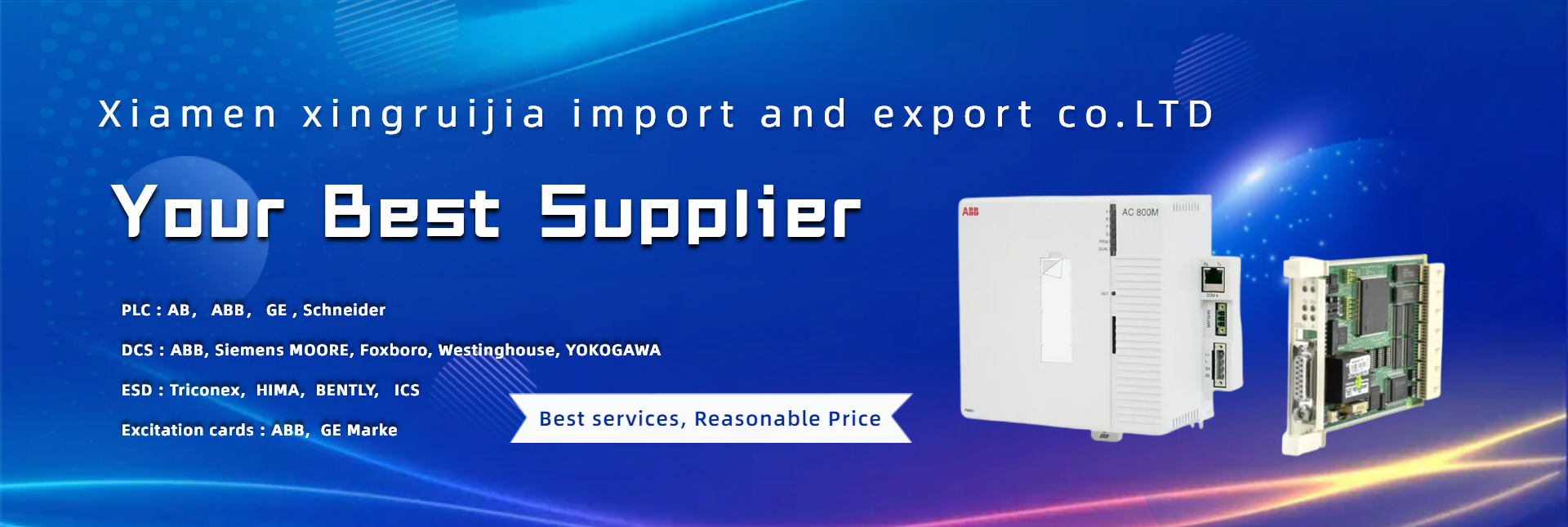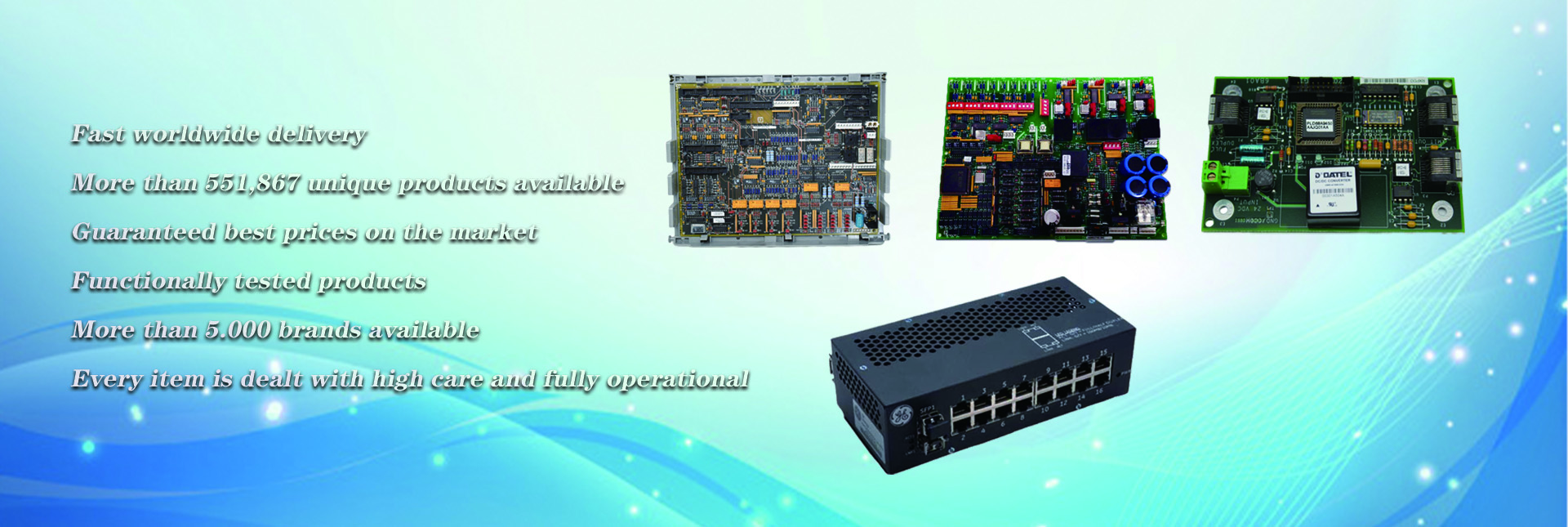Sustainable development and climate change are the primary issues for improving operational efficiency and environmental improvement in data centers
2023 is the year of interaction, with data centers focusing more on responding to the needs of local communities, enterprises, and power grid companies
More new technologies are put into application, and the promotion speed needs to be accelerated to achieve the goal of carbon neutrality
As the preferred technology partner for distribution solutions in the data center industry, ABB believes that sustainable development and climate change will be the trends with the greatest impact on the industry in 2023. ABB has summarized important trends worth noting this year:
1. Prefabricated and modular construction models – economical and fast expansion methods
The global demand for data continues to grow. Research shows that the amount of data created, consumed, and stored globally will reach 120 terabytes (ZB) by 2023. In order to keep up with demand, data center operators will look for a “simplified process” supply chain management model to enable faster launch of new capacity. This means that prefabricated and standardized modular construction methods, as they can help data centers quickly expand, will become the focus of attention.
Modular electrical solutions use standard power modules that can be directly added to data centers that require expansion, providing flexible choices for growing data centers. The use of prefabricated and product-based solutions such as eHouse and modular modules can save costs and time, and shorten the construction period by up to 50%.
2. Maximize the utilization of renewable energy and battery energy storage
In 2023, green power is crucial for data centers, and technologies such as battery energy storage systems (BESS) are increasingly becoming mainstream, promoting the wider application of clean energy. BESS allows data centers to store renewable electricity (from solar or wind power) on-site for on-demand use.
BESS with artificial intelligence enables operators to use data collection, prediction, simulation, and optimization to achieve automatic battery charging and discharging, thereby improving energy efficiency and extending service life.
Because the technology of hydrogen power generation is not mature enough, BESS is also considered as an alternative technology for sustainable power generation of diesel generator sets. Early planning is crucial as the delivery time of battery energy storage systems may be extended as demand continues to rise.
3. Interaction with the power grid
Another trend expected to be seen this year is that data centers will become more active participants in the power ecosystem, providing more support for the power grid they rely on.
The data center can participate in the power grid architecture with multiple identities, utilizing its uninterruptible power supply (UPS) battery storage capacity to provide frequency modulation services. Simply adding frequency modulation function (FRF) to UPS can enable the power grid to utilize excess power reserves in the data center to meet constantly changing load demands, as well as maintain frequency stability to reduce the risk of power outages.
4. Support local communities and businesses
It is expected that more data centers will begin exploring projects and technologies for waste heat reuse this year. For example, data centers generate a large amount of waste heat. Although it is a low level heat source, it can be transported to heat pump equipment through pipelines for regional heating. The project to obtain waste heat from Meta’s Tietgenbyen data center in Denmark will be launched this year, which can provide heat to over 12000 households in the nearby city of Odense.
For remote data centers that cannot utilize waste heat in the above way, waste heat can be used to heat nearby industrial applications (such as commercial greenhouse).
5. Continuously improving data center design to cope with extreme high temperatures
Last year’s extreme high temperatures caused the collapse of Google and Oracle servers in the UK, forcing many data center operators to reassess their cooling strategies before the summer of 2023.
Extreme high temperatures cause greater pressure on the cooling system, increasing the working strength of components such as compressors, pumps, and fans, and increasing the probability of failure. Appropriate equipment specifications, reasonable backup power, and appropriate emergency plans for extreme high temperatures can all be part of the solution.
We are also approaching the turning point of a comprehensive transformation towards liquid cooled cooling. Liquid cooled heat dissipation has been standardized by industry giants such as 3M, which can increase the rack density (up to 500kW). Due to the ability to achieve higher refrigeration capacity, liquid cooling is a more reliable and energy-efficient refrigeration solution compared to mechanical refrigeration, which currently accounts for nearly one-third of the total energy consumption in data centers.
6. Cost optimization – saving long-term costs and creating long-term benefits
Cost optimization enables operators to manage and (in some cases) extend the lifespan of important equipment, while helping to achieve energy-saving and emission reduction goals and avoiding unnecessary downtime.
Important equipment in data center facilities can be cost optimized. For example, using digital energy management tools, operators can easily see which devices are in good operating condition and which devices have poor operating efficiency, provide early warning, and achieve predictive maintenance. Even if the battery efficiency of UPS is only increased by 1%, it can create huge cost benefits within a 10-year lifespan.
Post time: Apr-12-2023


